The flop products that big companies want to forget
Products the public rejected
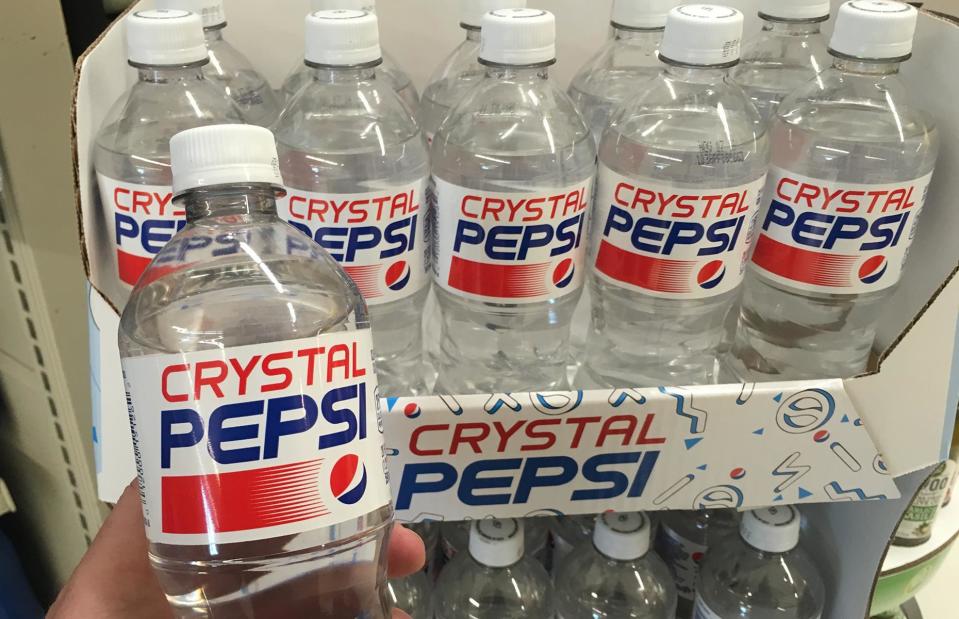
Flickr / Mike Mozart
Corporations are constantly coming up with new products, but what happens when the big companies get it badly wrong?
From a seemingly popular voice assistant to the toothpaste company that launched its own lasagne, read on as we take a look at some of the biggest big-name product failures of all time.
Clairol Touch of Yogurt Shampoo

Proctor and Gamble, Clairol
There seem to have been two reasons behind this product’s failure. First of all, the benefits of putting dairy produce in your hair weren’t explained too well, so the concept was bizarre from the get-go. Secondly, some people tried to eat the yoghurt-coloured, yoghurt-textured, yoghurt-named shampoo believing it was, well, edible yoghurt. It wasn’t, and offering the shampoo alongside yoghurt cookery books probably didn't help much either.
Sony’s Betamax Player
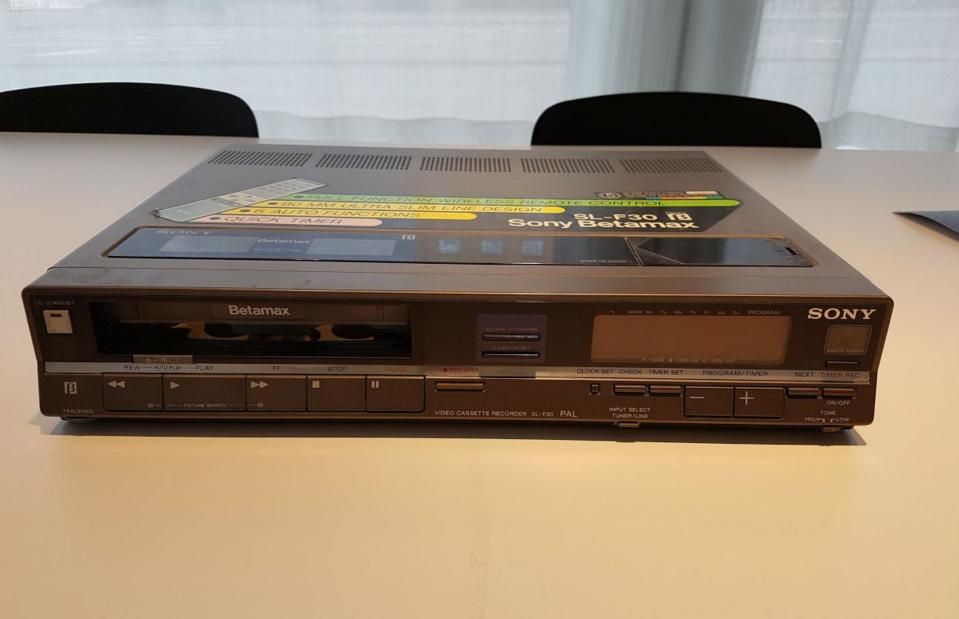
Samuel West
Sony was onto a winner in the 1970s with its Betamax Player. It was better for speed and quality than rival VCR players available, and was the first commercially successful device to tape TV shows for viewers. The issue? Japanese rival JVC released its model, which could record for 60 minutes longer and was far cheaper, which meant it won the VCR war.
Colgate beef lasagne
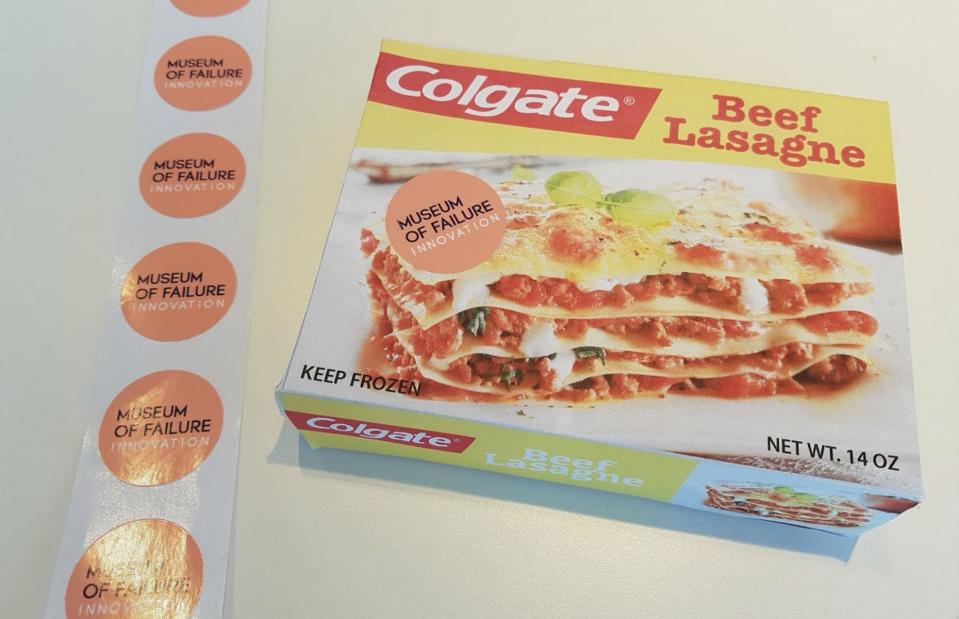
Samuel West
Toothpaste and food both go into your mouth, and this connection seems to have been enough for Colgate to take a stab at the culinary industry. The company released a range of prepared frozen meals in the 1980s. But Colgate was too associated with minty oral hygiene to make its branded beef lasagne look in any way appetising.
Coke II (New Coke)
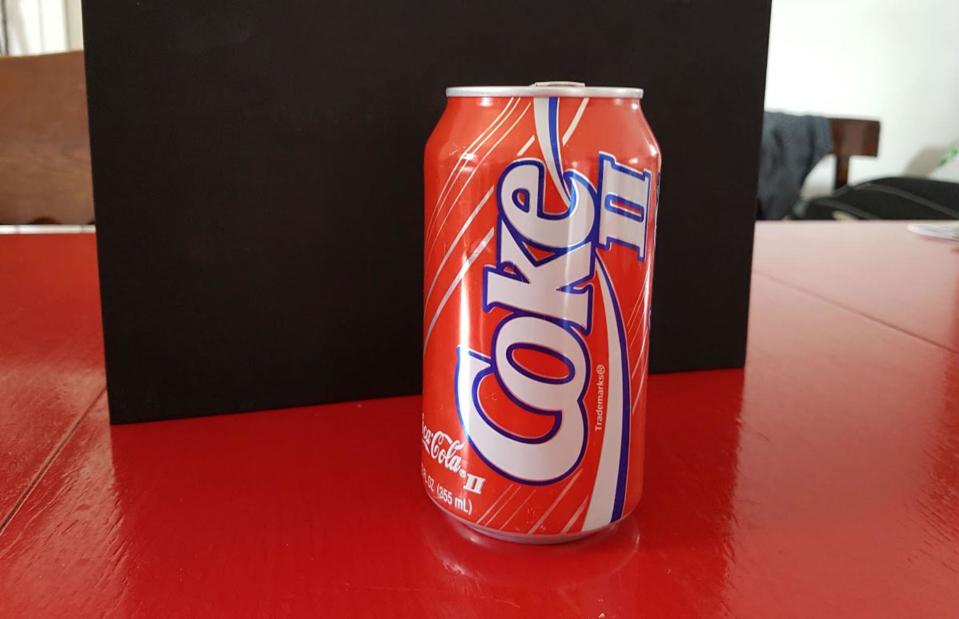
Samuel West
Coca-Cola fans were disappointed in 1984 when classic Coke was replaced by Coke II, or New Coke, in an attempt to make a clear distinction between its soda and rival Pepsi. But within months customers demanded the original drink was put back on the shelves. If it ain't broke, don't fix it.
Campbell’s Souper-Combo
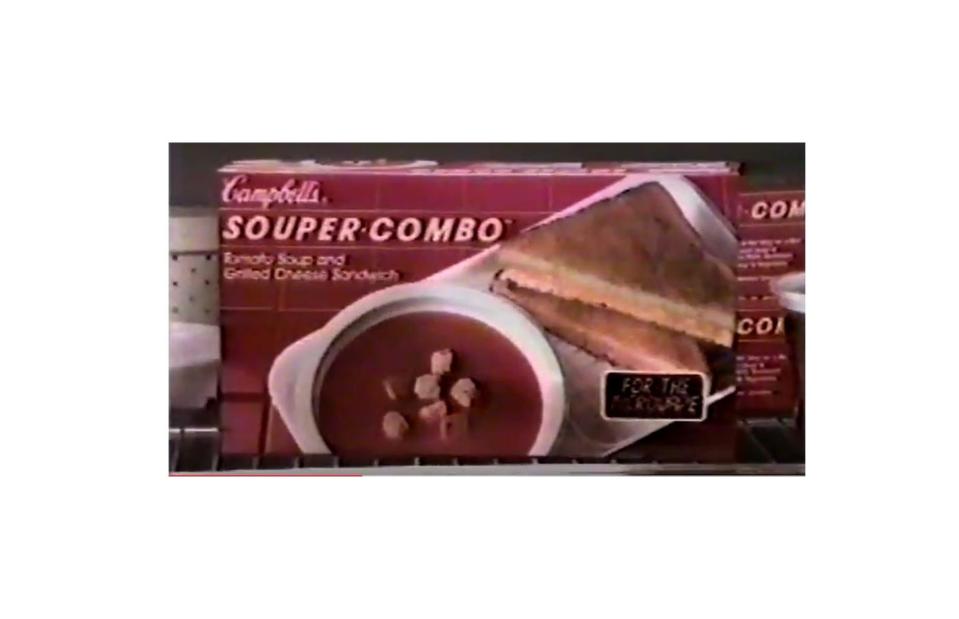
The Campbells Soup Company
Soup and a sandwich may sound like a match made in heaven, but Campbell's took convenience a step too far in 1987. The food brand sold the pair as a frozen prepared package that could be microwaved all at once at lunchtime. The time-saving element didn’t make up for what was ultimately a pretty depressing meal.
BIC Perfumes
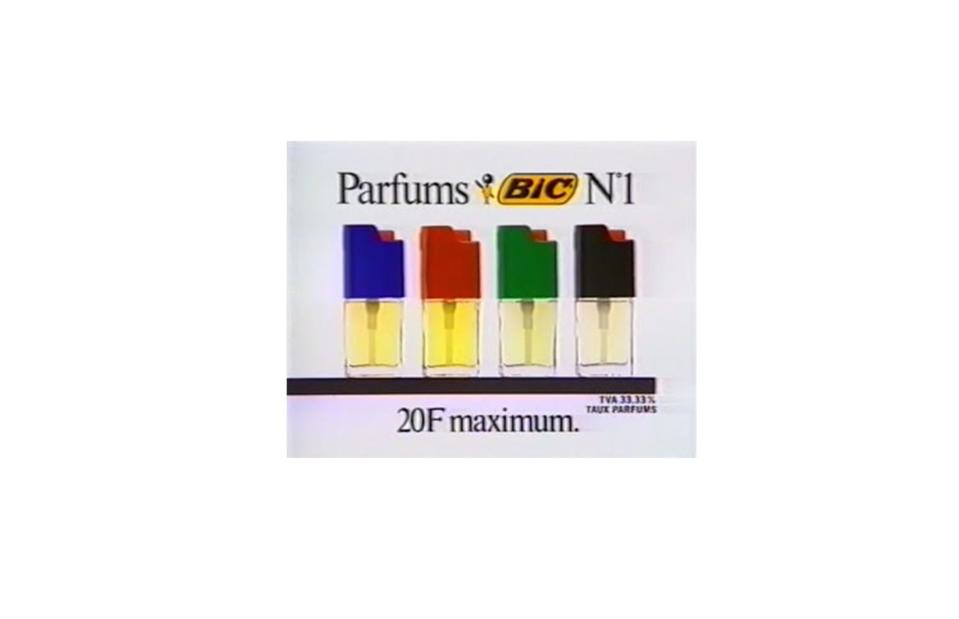
BIC
After infiltrating the lighter, razor and pen markets, BIC decided to launch a line of perfumes in 1988. The range was made in Paris and the products were even given French names (‘Jour’, ‘Nuit’, ‘Homme’ and ‘Sport’) to provide a high-class, European allure. But the perfumes were sold in tiny bottles reminiscent of BIC lighters, with plastic caps in primary colours like its pen lids. BIC didn’t quite manage to get the balance right with this venture.
Milton Bradley's Trump The Game
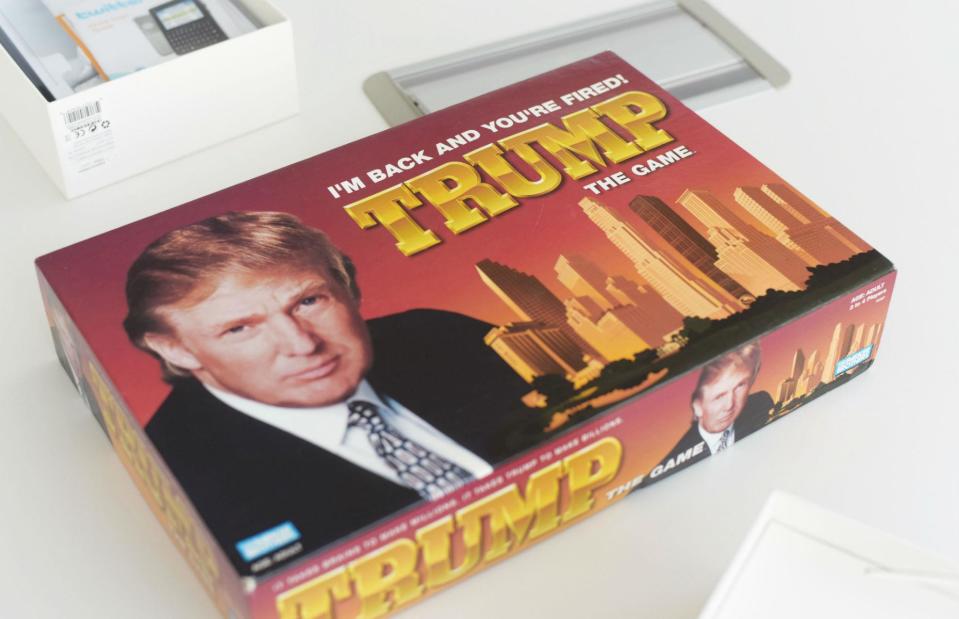
Sofie Lindberg
In true Donald Trump style, the business mogul was sure his take on Monopoly would fly off the shelves. In fact, the game did so badly after its initial release in 1989 that it barely made half its total expected sales. Not known for backing down, he re-released the product to further disappointment in 2004 following his success on reality TV show The Apprentice. But now people are selling mint-condition original editions of the game on eBay for as much as $65 (£50).
Apple’s Newton MessagePad
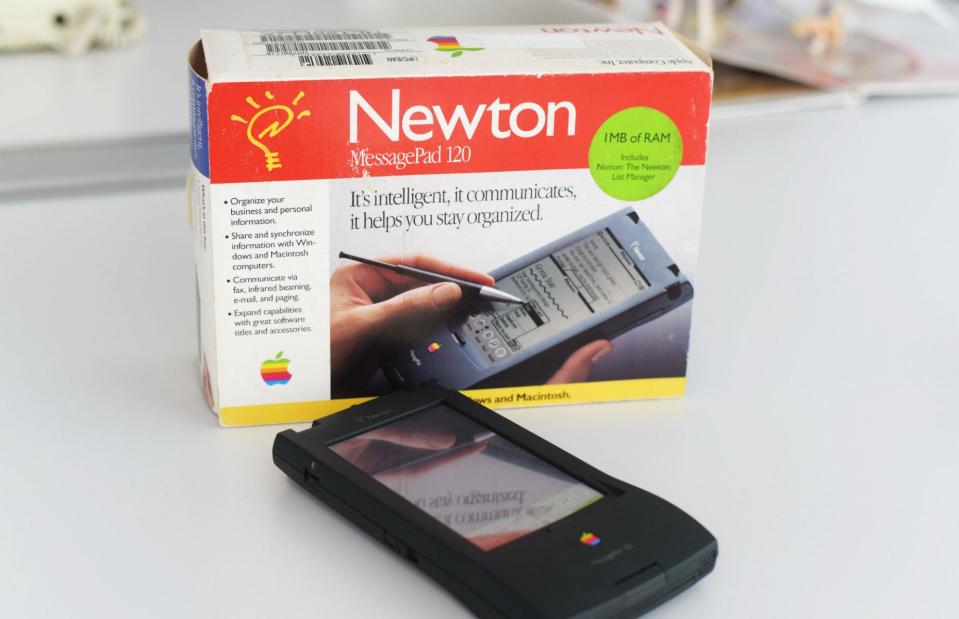
Sofie Lindberg
In 1993, Apple released its first experiment in tablet computing. The MessagePad could take notes and faxes, which was ground-breaking at the time, but Apple soon struggled against rival Palm Pilot. Unfortunately, its handwriting capabilities were poor, and with a base price of $699 (£486), the MessagePad was pricey and ineffective.
Coors Rocky Mountain Spring Water
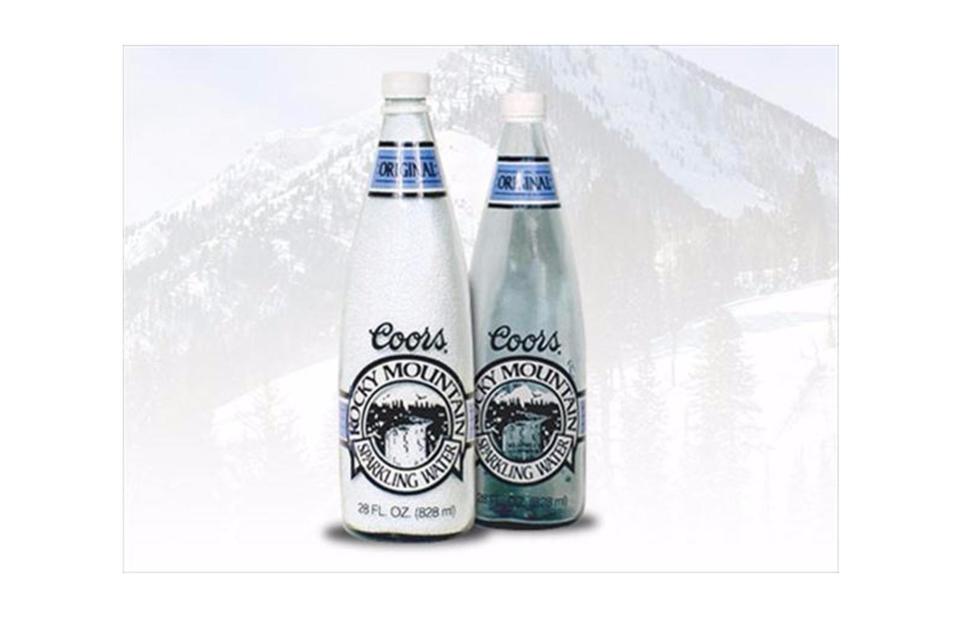
The Molson Coors Brewing Company
For a huge beverage brand, diversifying into other drinks products may seem like a logical idea. Apparently this isn’t always the case, especially when you normally make alcoholic beer and you fancy trying your hand at selling some fresh spring water. The Coors branding on the water bottles confused buyers who associated the company too heavily with beer.
Kraft’s Maxwell House Ready to Drink Brewed Coffee
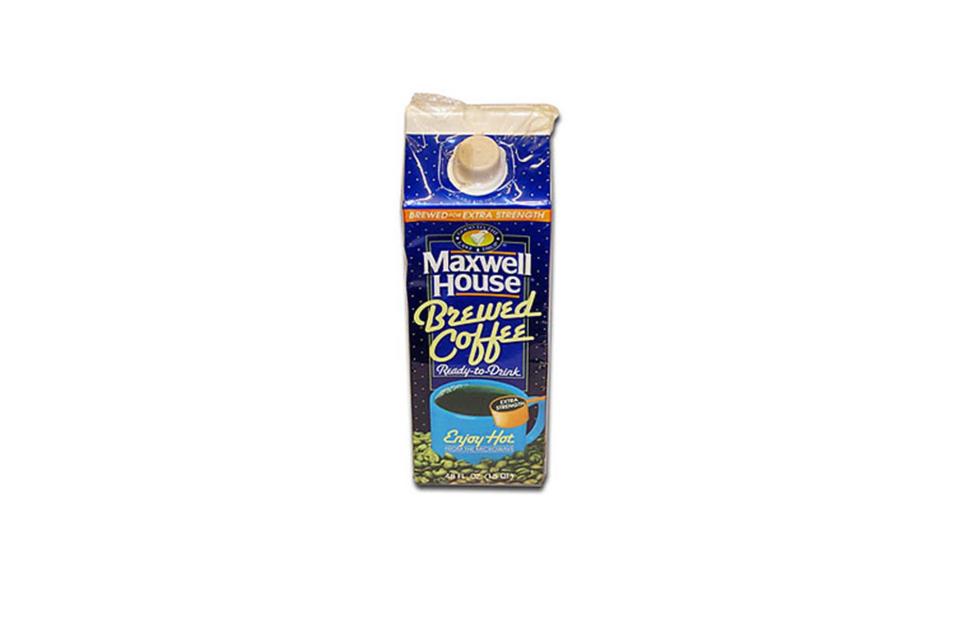
Kraft Food Groups Inc, Maxwell House
Mornings are a busy time, so Kraft’s Maxwell House brand of coffee introduced a ‘ready to drink’ beverage to help people get their caffeine fix in a hurry. The problem was that it wasn’t ready to drink at all. The coffee came cold in a carton and needed heating in the microwave before drinking. What's worse? The packaging wasn’t even microwave-friendly.
Pepsi AM
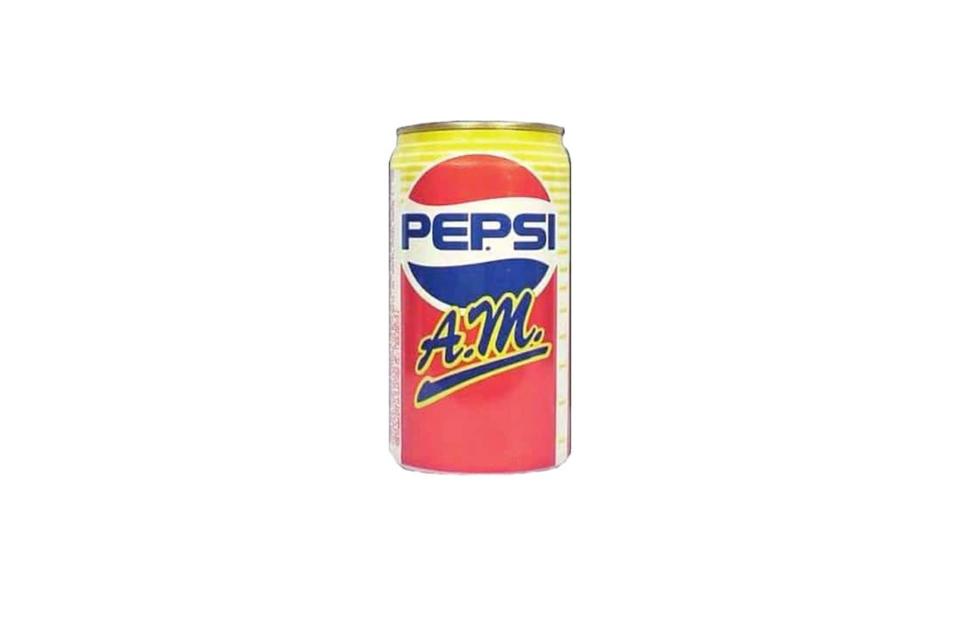
PepsiCo Inc
Alternatively, why not ditch your coffee altogether and wake up to a can of fizzy cola instead? Not convinced? Well, neither were Pepsi’s customers when it launched its new morning pick-me-up drinks line.
Harley-Davidson ‘Hot Road’ cologne
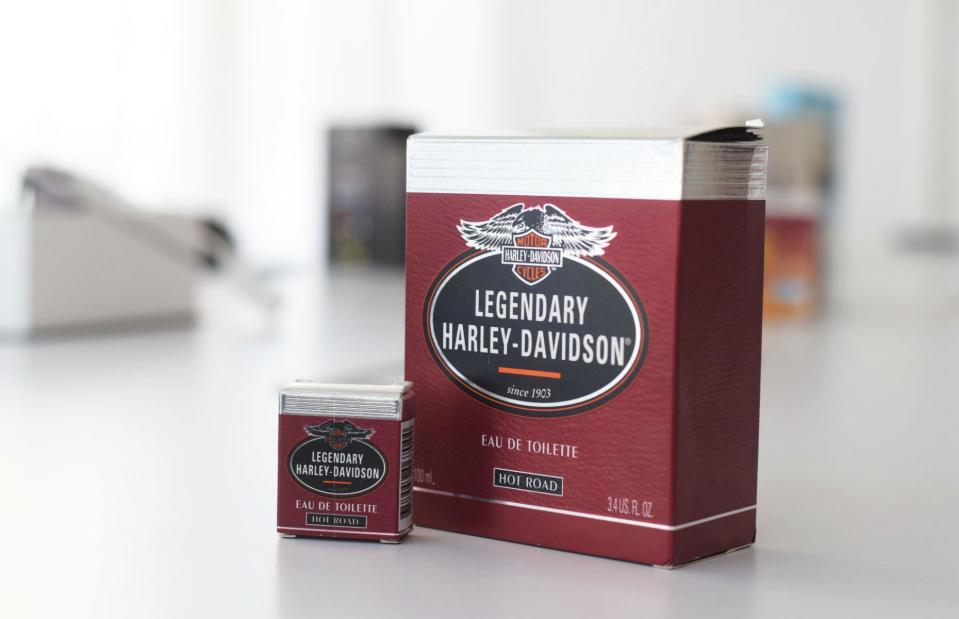
Sofie Lindberg
When most people think about motorcycles and smell, they’re more likely to recall petrol fumes than a scented eau de toilette. Let’s just say the Harley-Davidson branded perfumes and aftershaves didn’t sell quite as well as hoped.
Crystal Pepsi
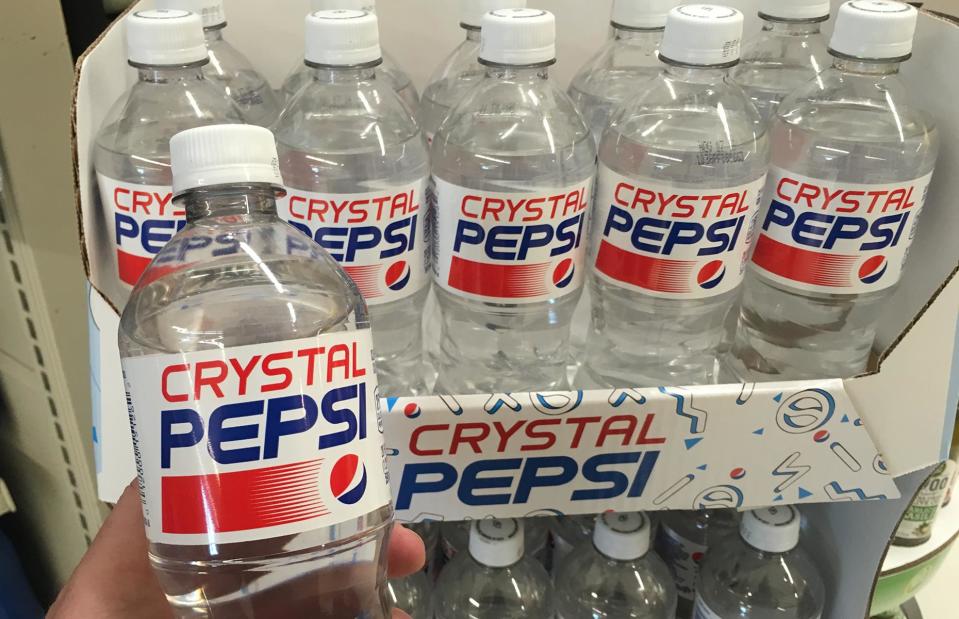
Flickr / Mike Mozart
In the 1990s, soft drink giant Pepsi released a brand new version of its fizzy beverage. Its latest innovation was caffeine-free, but the biggest difference was that the drink was completely clear. Crystal Pepsi was billed as a health alternative, but the colourless drink was too far removed from the product people already knew and loved, and production was halted.
Rejuvenique Electric Facial Mask
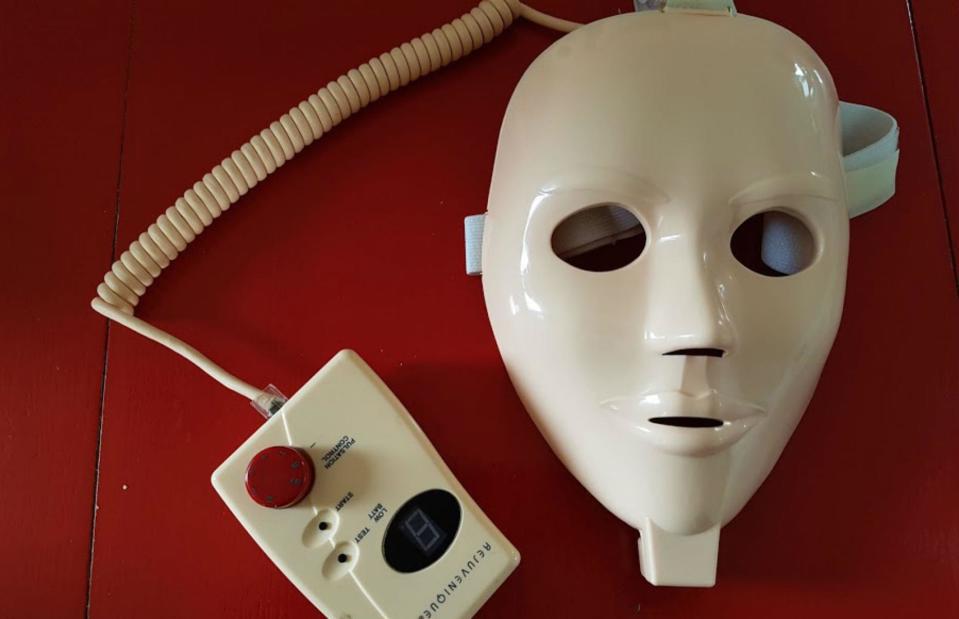
Samuel West
It looks like something out of a horror movie, right? In fact, when it came out in the 1990s Rejuvenique's Electric Facial Mask promised to give users “a more toned, youthful looking face” within 15 minutes thanks to an electronic impulse to the 26 “gold plated facial cushions” on the inside of the mask. Ouch.
McPizza
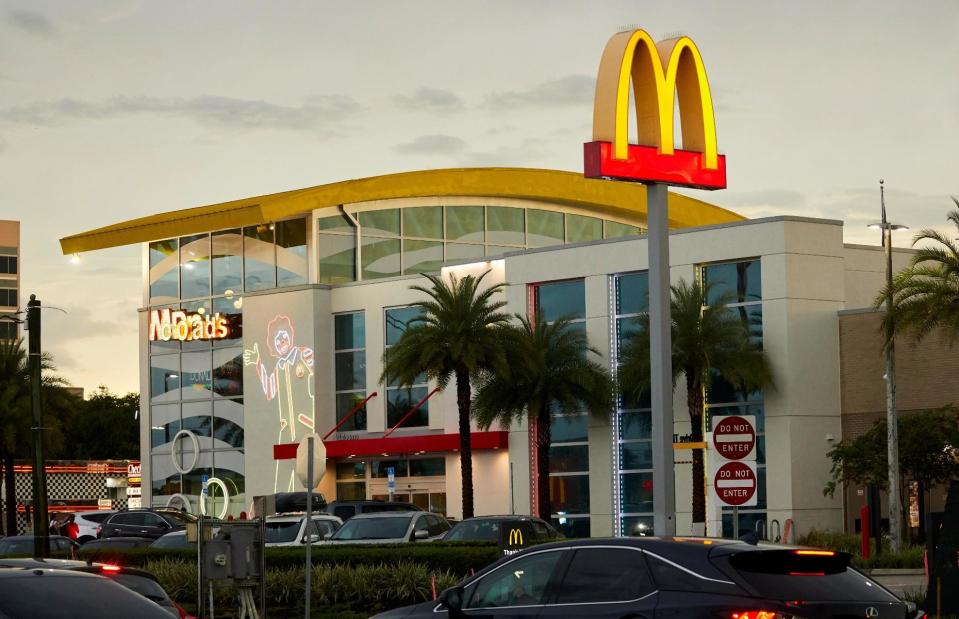
Mark Waugh / Alamy Stock Photo
An entire podcast called “Whatever happened to pizza at McDonald’s?” is dedicated to reminiscing about the 1980s and 1990s, when cheese-topped dough bases featured on McDonald’s menus. Sadly, the McPizza never reached the dizzying success enjoyed by the McNugget, the McMuffin and the Big Mac. The pizzas took longer to prepare than their fast food counterparts and there were complaints that the square boxes couldn’t fit through drive-in windows. By the turn of the century nearly every McDonald’s outlet had taken pizza off the menu due to lack of demand, and today the McPizza can only be found in America’s biggest McDonald’s in Orlando, Florida (pictured).
Cosmopolitan Yoghurt
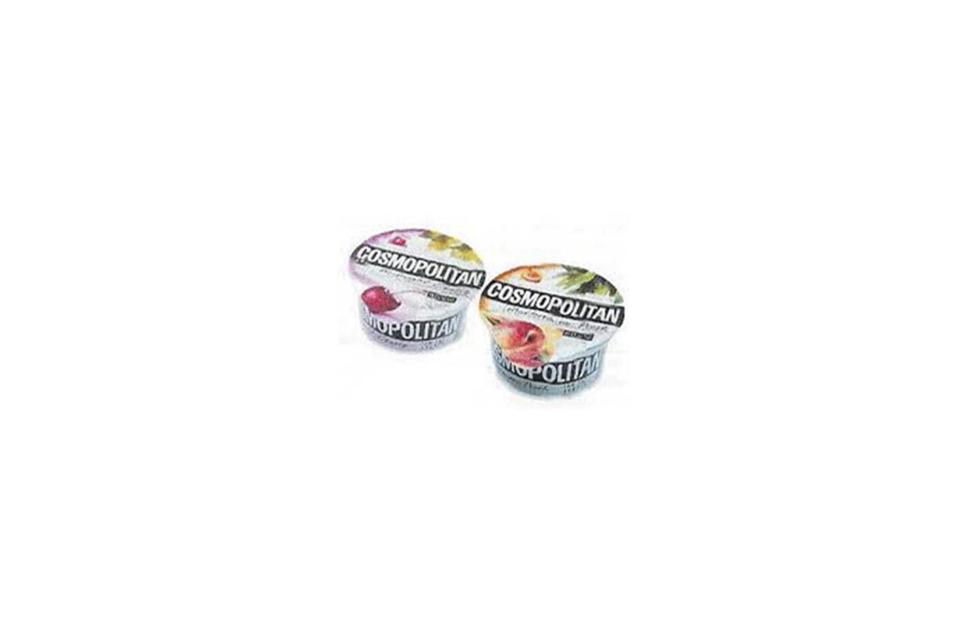
Cosmopolitan Magazine
In the Legally Blonde movies, Reese Witherspoon’s character Elle Woods declares Cosmopolitan magazine “the bible”. But even her loyal persona would have been confused by the publication’s bizarre segway into yoghurt production in the late nineties. Cosmopolitan apparently drew a connection between the magazine’s sex and relationships content and food fetishes, which ‘logically’ meant that branded yoghurts would sell. They didn’t.
Fat Free Pringles
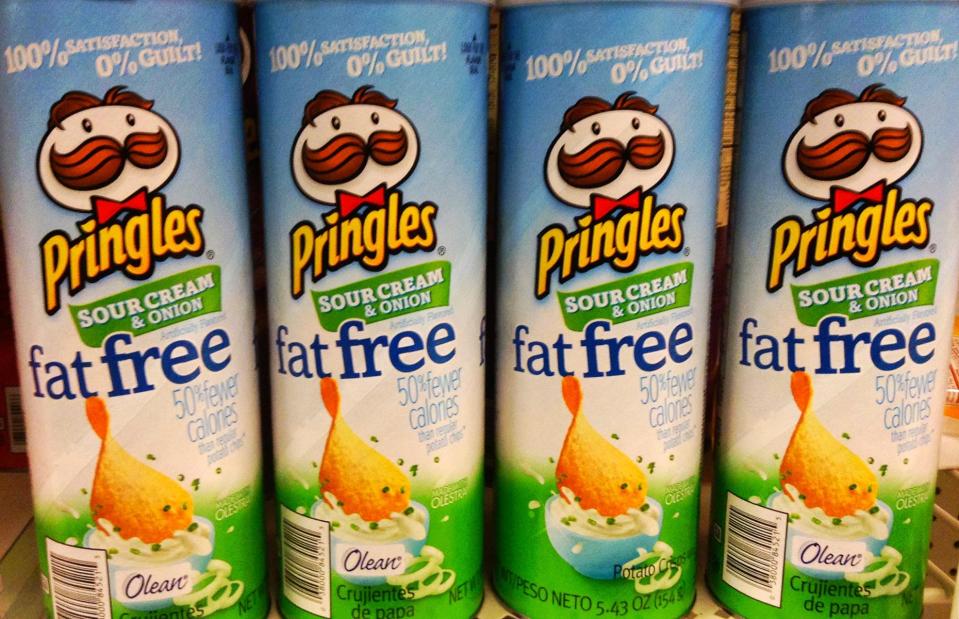
Flickr / Mike Mozart
The light version of the popular salty snack was marketed as a more diet-friendly version of classic Pringles. The only thing was they contained a fat substitute called Olestra (also known as its brand name Olean). Unfortunately, this ingredient could have laxative side-effects if anyone delved into the tube for one too many chips. No thanks.
Heinz’s Green Ketchup
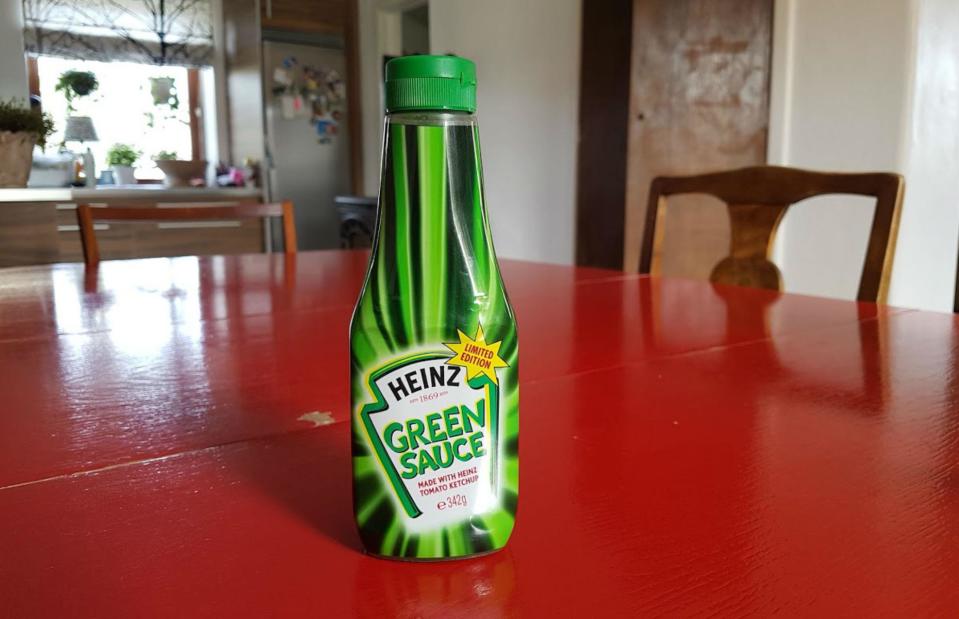
Samuel West
This was an invention to get the kids talking. In 2000 “Heinz EZ Squirt” or “Heinz Green Sauce” was released, featuring spinach-coloured “Blastin’ Green” ketchup and it was an instant hit with the kids. Although the product boomed initially, sales began to dwindle as children lost interest in the shiny new condiment on the table and the line was discontinued in 2006.
Frito-Lay Lemonade
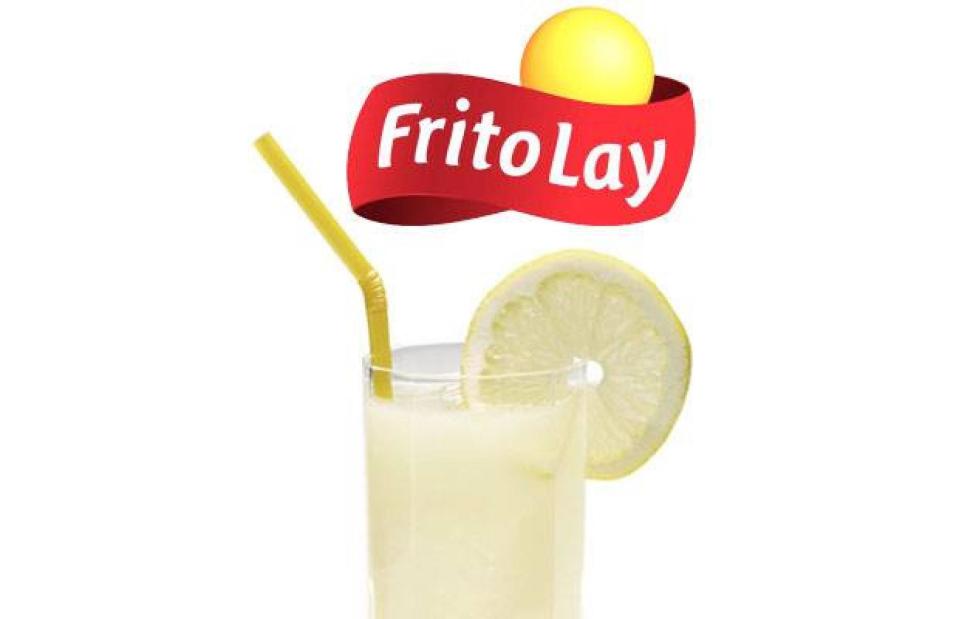
PepsiCo Frito Lay
Frito-Lay may be synonymous with potato chips in many countries, but its foray into soft drinks is less well-known. A cool, refreshing glass of lemonade can often be the perfect accompaniment to a packet of potato snacks, but sadly Frito-Lay’s Lemonade was too far off the mark and the drink is no longer available.
Pepsi Blue
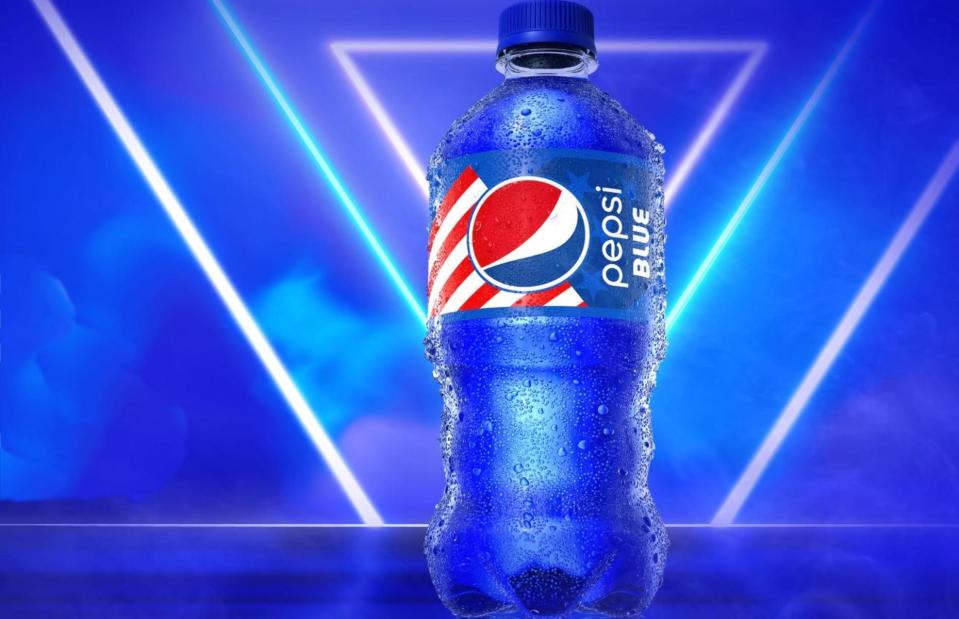
Courtesy PepsiCo
PepsiCo launched the berry-flavoured soda Pepsi Blue in 2002 but, despite relentless promotion from the likes of Britney Spears and the New York Mets, sales of the blue beverage were disappointing and the drink was axed in 2004 in the US and Canada, although it is still sold in parts of Asia.
However, despite its previous flop, Pepsi brought the drink back to American stores for a limited time in 2021. From May that year, the brightly-coloured beverage was back on store shelves "everywhere that Pepsi products are sold" in 20-ounce bottles and multi-packs for as long as stocks lasted. The move was down to a group of "passionate Pepsi Blue fans [who] have been clamoring for the return of their beloved berry cola", according to PepsiCo's press release.
Vanilla Ice Cream Monster Munch
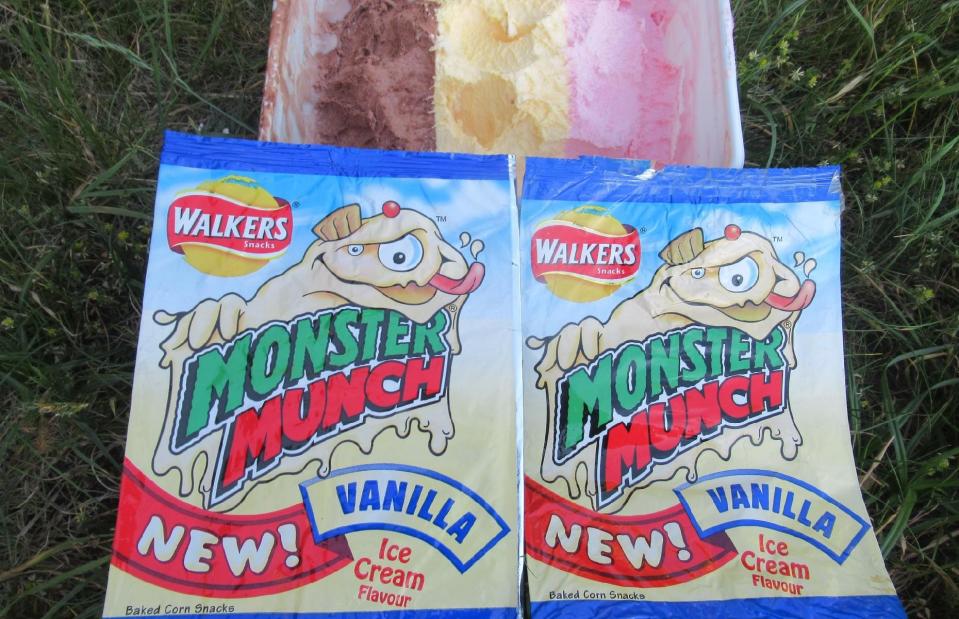
Crazy Bout Crisps / Facebook
In 2003 UK snack giant Walkers decided to launch a new crisp in its Monster Munch range, but this wasn’t any old savoury snack – this was the company’s first sweet crisp. The crisp was supposed to taste like vanilla ice cream and the accompanying monster was designed to look like a melting scoop of the stuff. It’s safe to say the public reaction was fairly icy and the disastrous dessert snack was pulled from production.
Nokia N-Gage
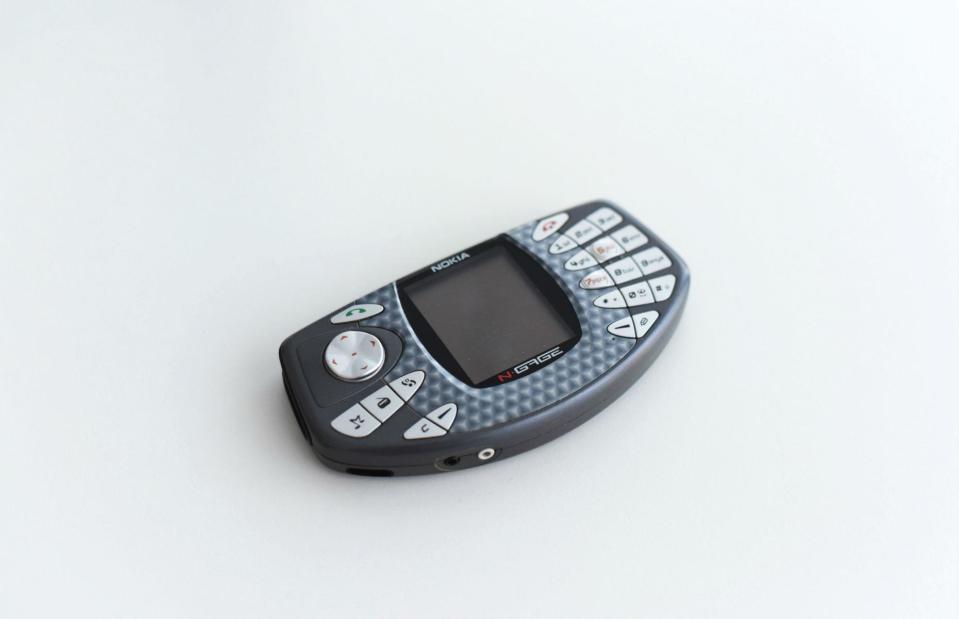
Sofie Lindberg
Back in 2003, a phone that doubled up as a handheld gaming system sounded ground-breaking. But with a niche market to break into, few games available, and a flaw in the design of the phone, which had to be totally dismantled to change games, there wasn’t much hope. And when you compare the N-Gage’s $299 (£190) price tag against the GameBoy Advance’s $99.99 (£63), it’s a huge jump too. Thankfully phones have modernised since.
Oakley Thump MP3 Sunglasses
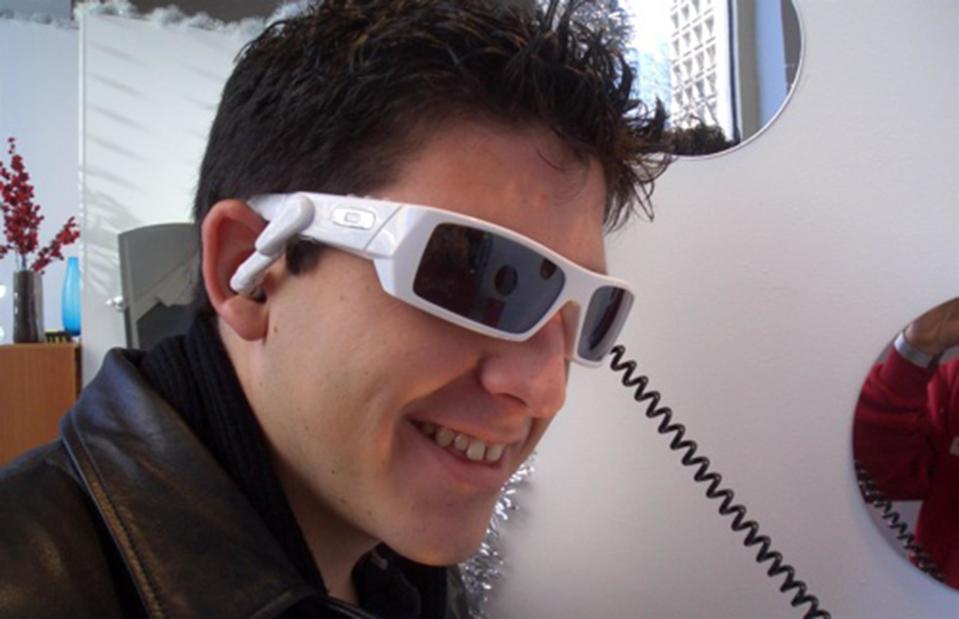
Flickr / Jeff Dlouhy
Somebody decided that incorporating an MP3 player into a pair of sunglasses would be a great idea given their proximity to your ears. The logic was there, but when Oakley launched its ‘Thump’ sunglasses in 2004, potential customers were met with a bulky design and a hefty price tag. Let’s just say when you search for ‘Thump’ on the Oakley website it comes up with “no matches found”.
Coca-Cola's Dasani water
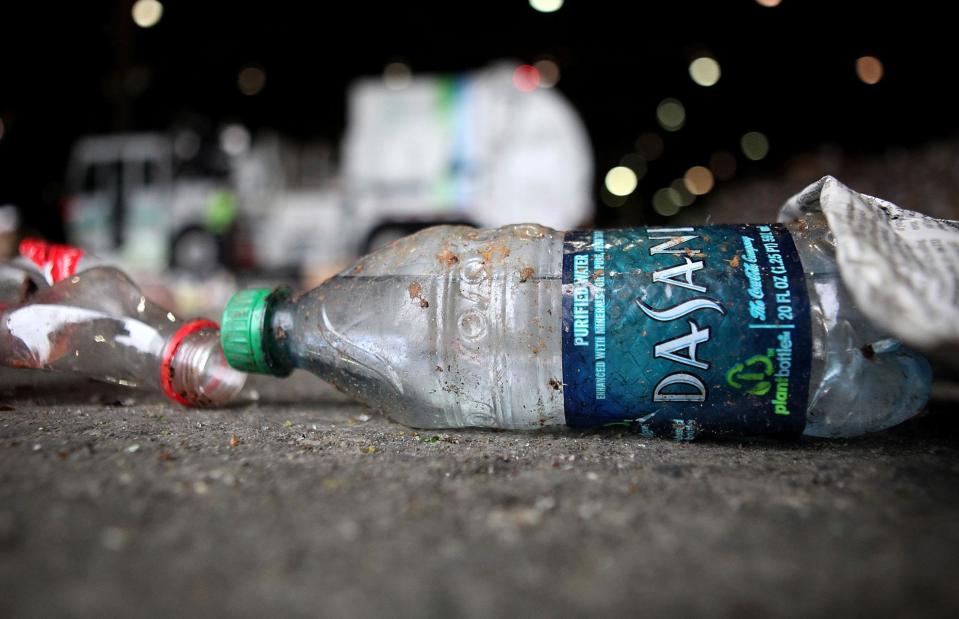
Justin Sullivan/Getty
The British media savaged Coca-Cola when it attempted to launch its Dasani water brand in the UK in February 2004 after it was revealed the product was nothing more than treated tap water. The corporate fiasco reached a climax the following month when UK health and safety officers discovered possible carcinogens in samples of Dasani water, prompting Coca-Cola to withdraw the product from the UK market and abandon the ill-fated launch.
Cheetos Lip Balm
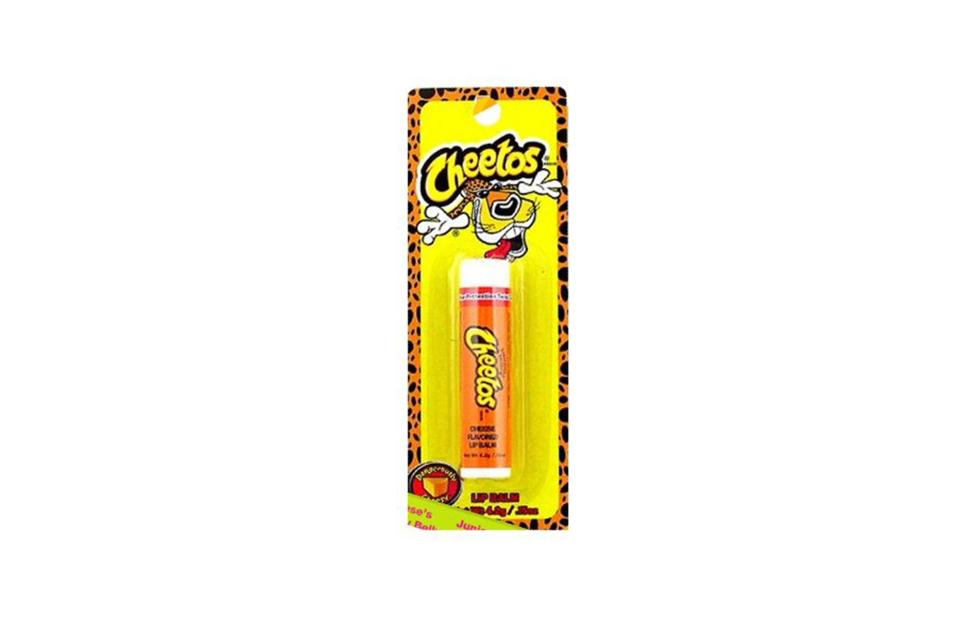
Frito-Lay
The popular cheese puffs Cheetos might be a tasty snack, but they do tend to leave a layer of cheesy, orange dust smeared around your mouth and on your fingertips. So it was a bit of a surprise when Frito-Lay announced that it was bringing out a Cheetos lip balm in 2005. The novelty product received bad reviews, and was discontinued.
Microsoft Zune
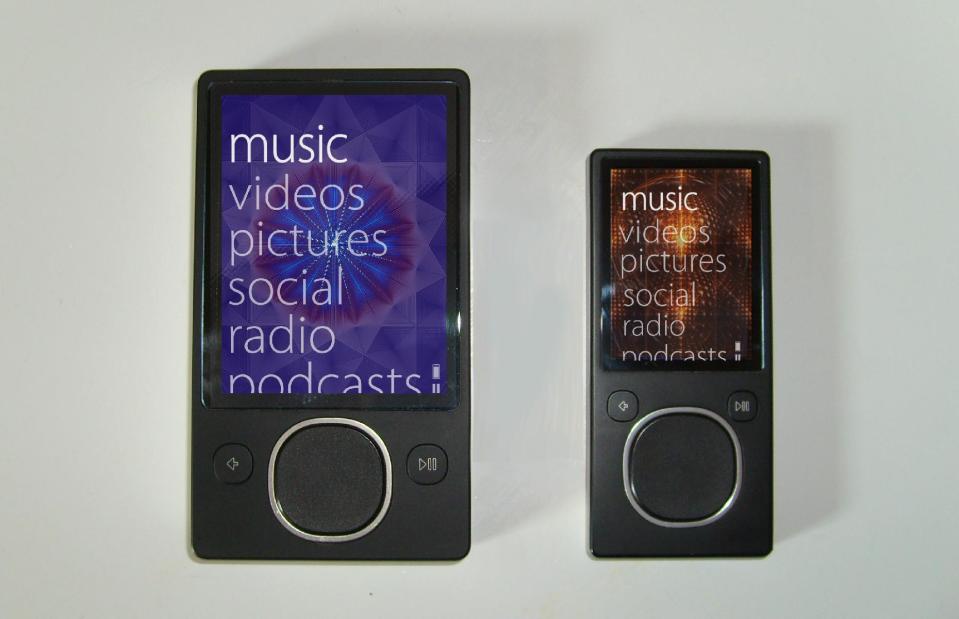
Bkwparadox, CC BY-SA 3.0 , via Wikimedia Commons
Microsoft launched Zune in 2006 to try and take on Apple in the MP3 player market with portable music players similar to iPods and the iTunes copycat Zune Music Pass. Zunes never really captured the market in the way that Apple’s products had though, and they were discontinued in 2011. The old-school devices are still popular among small pockets of die-hard fans though, as well as eccentric Tesla CEO Elon Musk, if his tweets are to be taken seriously. On 25 June 2021, Musk tweeted “Bring back the Zune!! It’s time.” in response to a tweet by Microsoft CEO Satya Nadella.
Twitter Peek
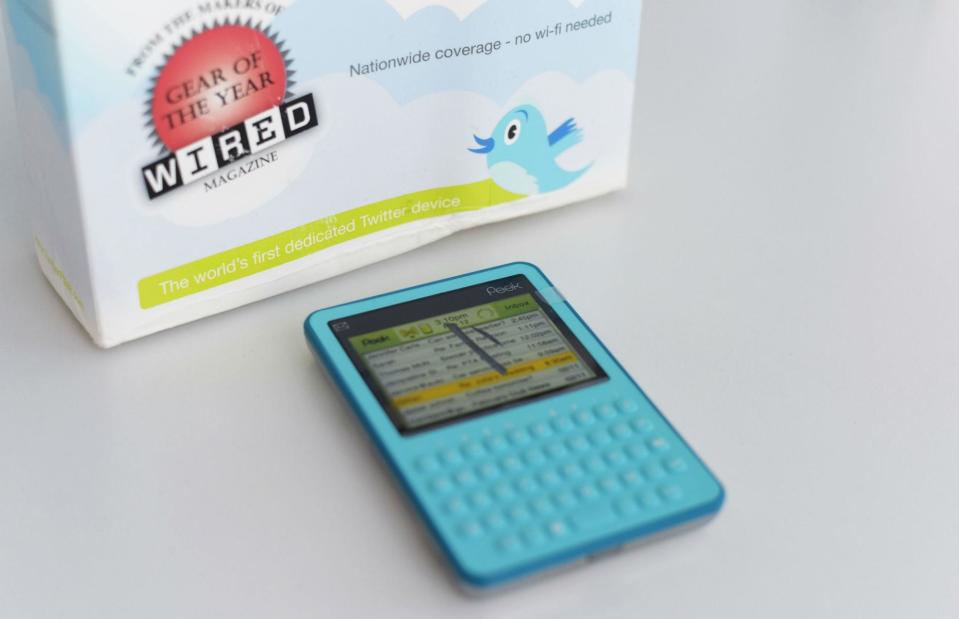
Sofie Lindberg
This electronic Twitter pal was released in 2009, purely for tweeting. Unfortunately, there was one major flaw – it was incapable of fitting the 140 characters on the screen. What's more, the device cost a minimum of $99 (£80) with an additional monthly charge to receive tweets. That combined with the fact that smartphone popularity was soaring at the time meant that Twitter Peek never really took off.
Tesco’s Strawberries & Clotted Cream Sandwich
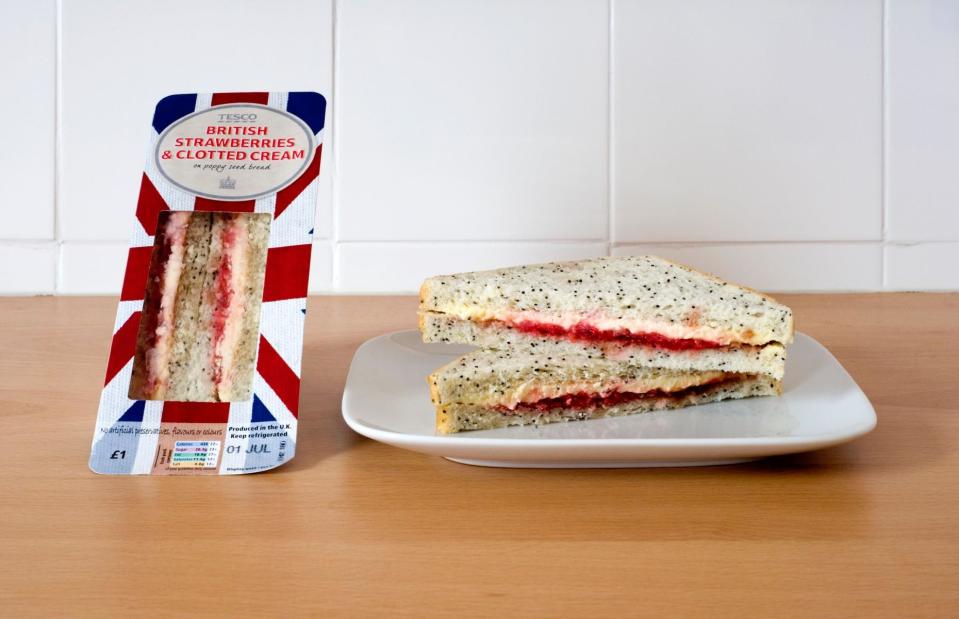
Martyn Evans / Alamy Stock Photo
England’s Wimbledon tennis tournament is known for its courtside strawberries and cream, and UK supermarket giant Tesco decided to make the most of the hype in 2011 when it launched a British Strawberries & Clotted Cream sandwich for just £1 ($1.60). It’s safe to say the novelty treat wasn’t the store’s most popular sandwich, and Tesco reportedly dropped the price before discontinuing the line.
Burger King Satisfries
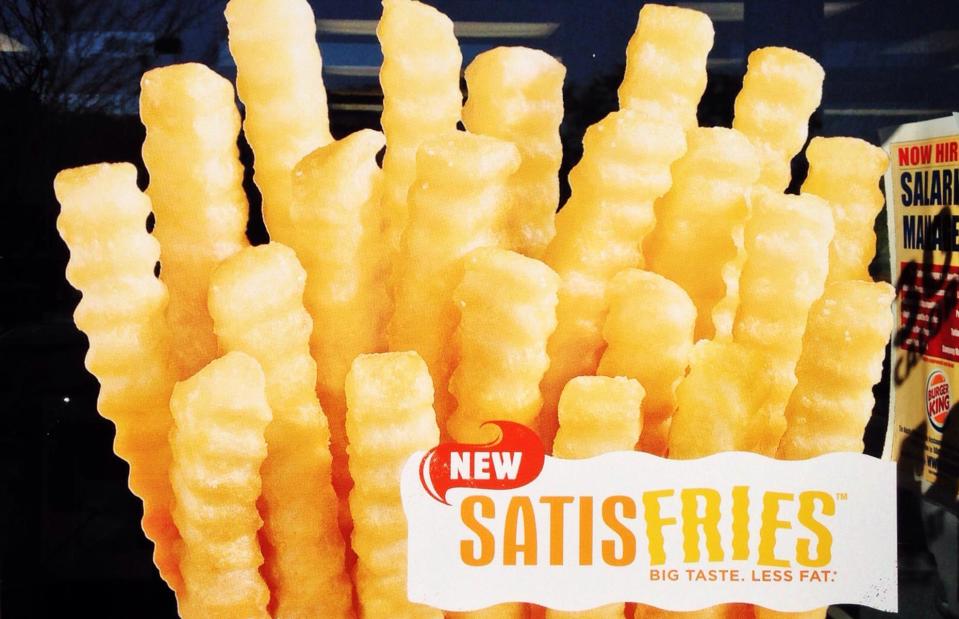
Flickr / Mr Blue MauMau
Nobody really believes that fast food restaurants are the best place to grab a healthy and nutritious meal. However, that didn't stop Burger King trying to meet people halfway by launching a lower fat version of their fries. Unsurprisingly the reduced fat, sodium and calories didn't convince customers and they were phased out after not making enough sales.
Neflix Qwikster
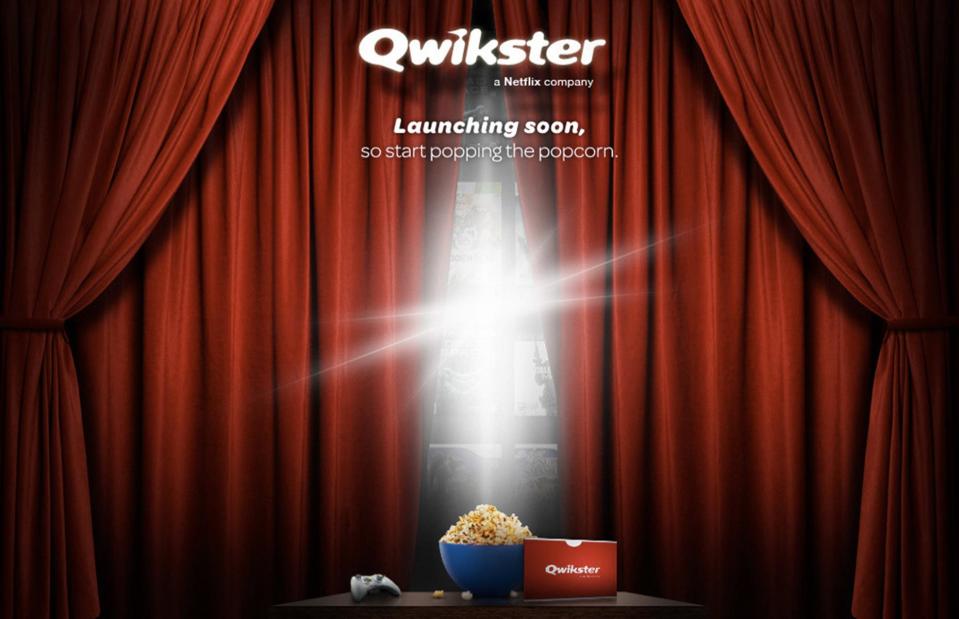
Flickr / methodshop.com
Netflix is now a household name and even has its own euphemism: ‘Netflix and chill’. What you may not be able to recall quite so readily is Netflix's 2011 blip when it launched Qwikster, a DVD delivery service which charged a separate subscription fee. Originally Netflix had offered DVD delivery as part of its main service, but by splitting the two services Qwikster soon flopped. However, Netflix's streaming service has since gone from strength to strength.
Google Glass
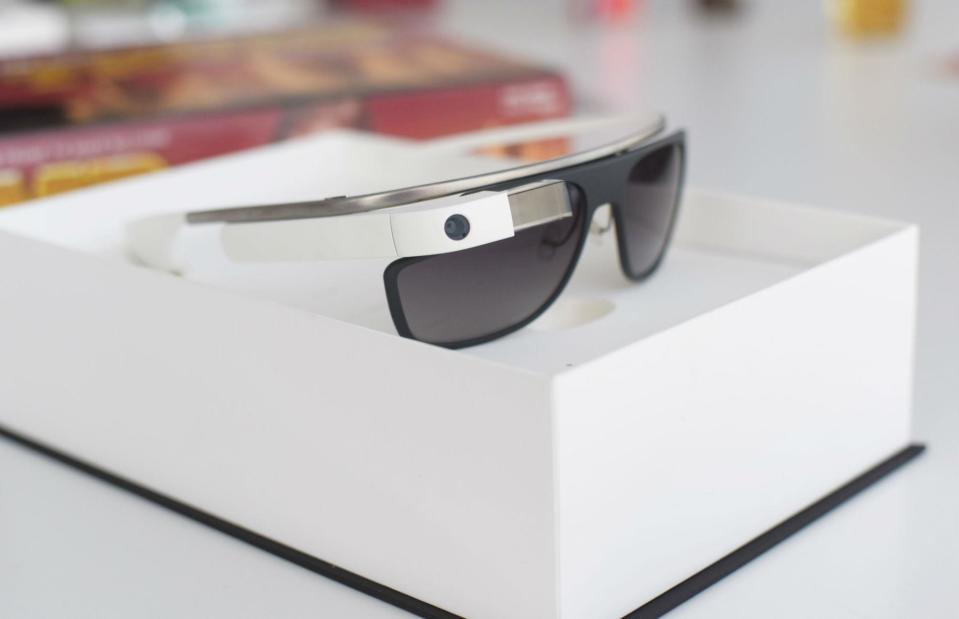
Sofie Lindberg
Once dubbed Time magazine’s Best Invention of the Year, Google Glass didn’t make it to mass popularity. Released in 2012, its hefty price tag of over $1,000 (£1,000 in the UK) made it largely unaffordable, and many people complained about privacy issues as they could be filmed without knowing. Google decided it was better to look at other wearable technology.
HTC First ‘Facebook Phone’
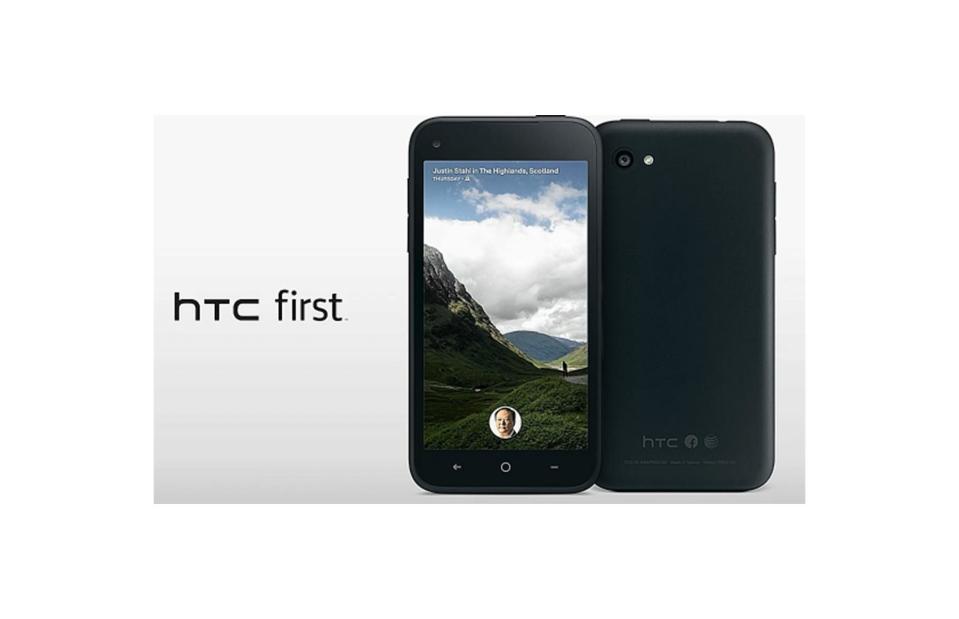
HTC Corporation
Mark Zuckerberg usually seems to know what he’s doing when it comes to innovative tech but even he got it wrong when Facebook backed HTC’s Android mobile in 2013. The phone was expensive and too geared towards posting on Facebook. Eventually reduced to just 99 cents in the US, the phone didn’t exactly rake in the profits. Unsurprisingly Facebook Home, an app that turned your phone home screen into your Facebook timeline, had minimal success around the same time.
Amazon Fire Phone
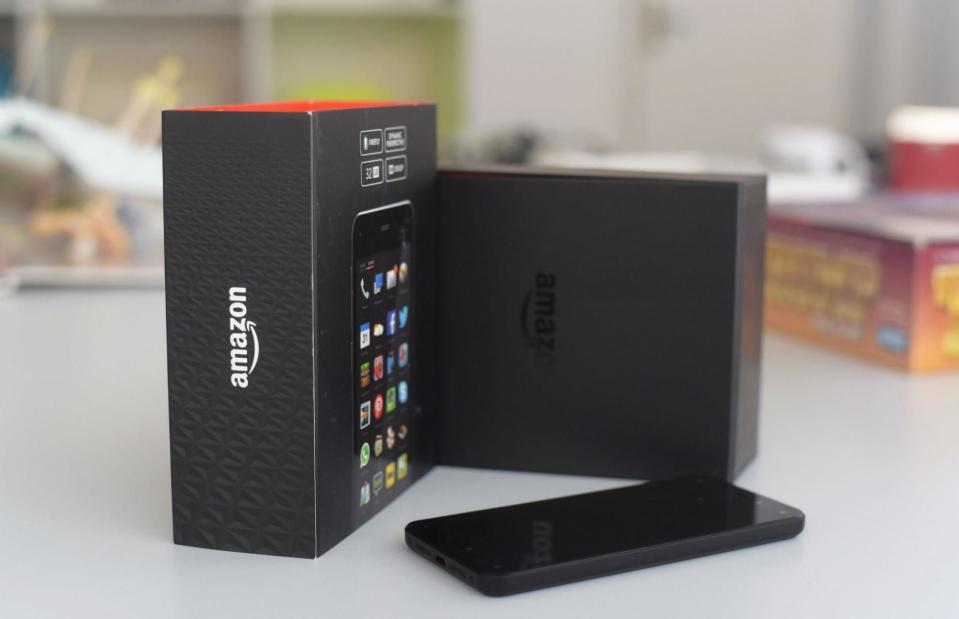
Sofie Lindberg
The Amazon Fire Phone was released in 2014. It was Amazon’s first venture into the smartphone market, following the success of its Kindle Fire tablet. The app store was too small so loyal iPhone and Samsung users couldn't be pulled away from their devices. Unfortunately for Amazon, the Fire Phone was a classic “too little, too late” move into this industry.
BIC’s “for Her” pens
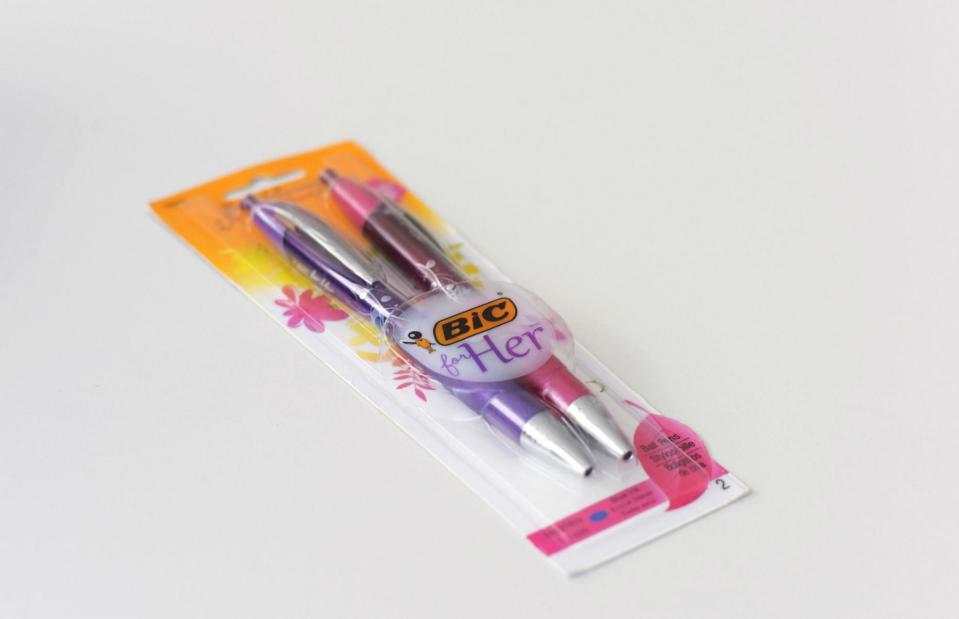
Sofie Lindberg
Apparently for women to be able to write well, they need their own pens. Well, according to BIC... For National Women’s Day in 2015, BIC South Africa launched supposedly female-friendly purple and pink pens, with the mantra: ‘Look like a girl. Act like a lady. Think like a man. Work like a boss.’ It empowered no one, and offended everyone.
Samsung Galaxy Note7
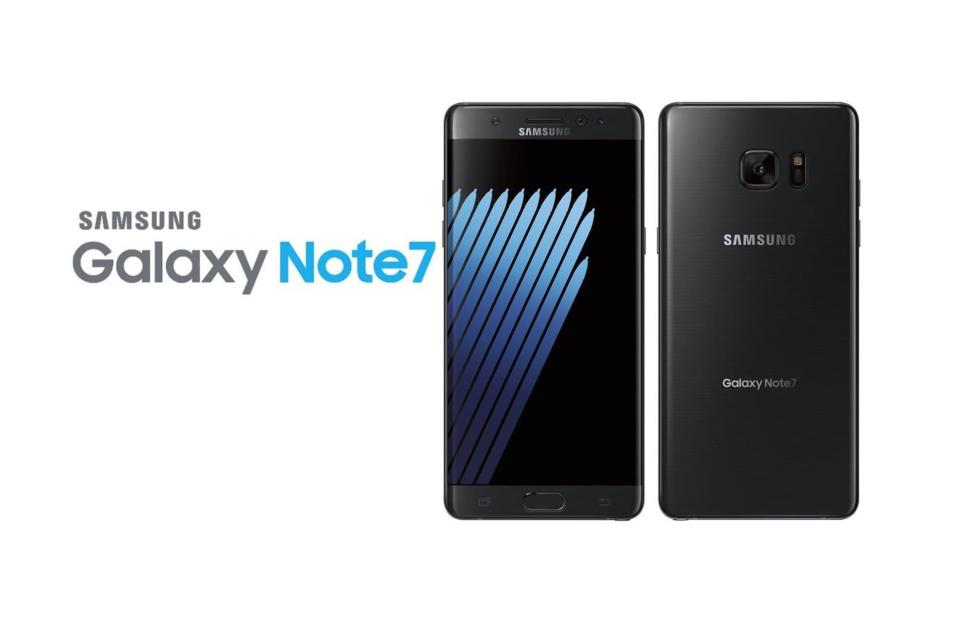
Samsung
When Samsung had to discontinue its Galaxy Note7 phone, it came as a blow to the company. Literally. After reports of the devices spontaneously combusting, the tech giant was forced to recall the model on safety grounds and issue a public apology.
Amazon Alexa
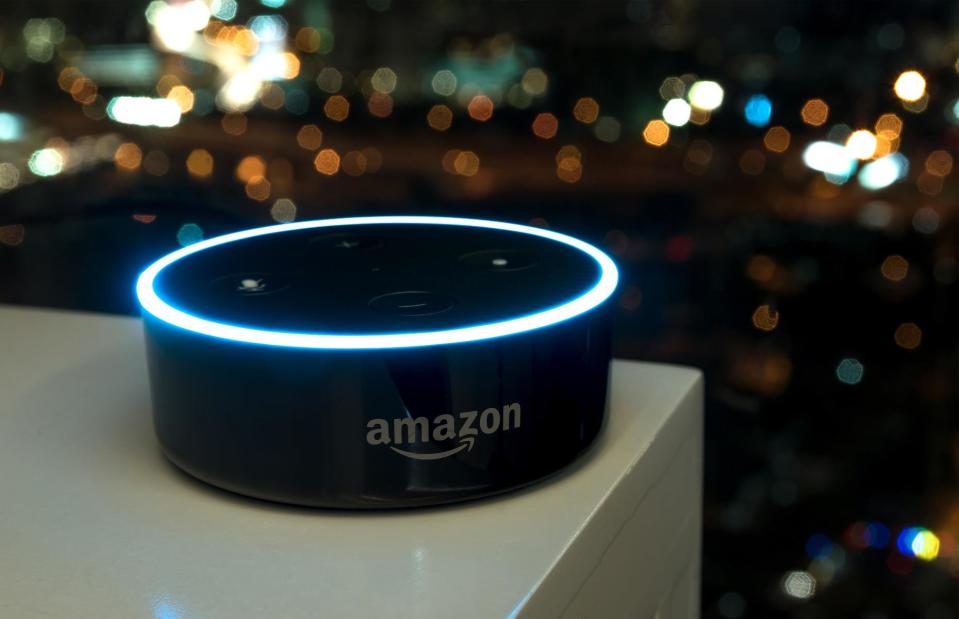
Zapp2Photo/Shutterstock
Amazon Alexa is a household name, so it may come as a surprise to learn that the retail giant is turning its back on the business venture. According to a report from Business Insider, the voice assistant has become something of a money drain. Amazon's Worldwide Digital group, which is behind the product, reported losses of $3 billion (£2.4bn) in the first quarter of 2022, with "the vast majority" of the losses apparently a result of Alexa.
Although the device is popular with customers, the business model means that Amazon can't monetise the product. As one internal document put it: "we want to make money when people use our devices, not when they buy our devices." The company is currently planning to cut thousands of jobs, with the Alexa team – which has been on a hiring freeze since 2019 – apparently a key target.
Now take a look at the very public failures of some famous businesses
Thanks to the Museum of Failure for permission to use its imagery in this piece.

 Yahoo Finance
Yahoo Finance 